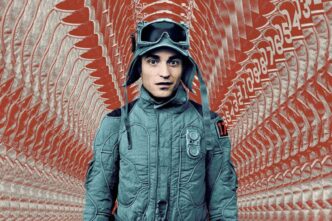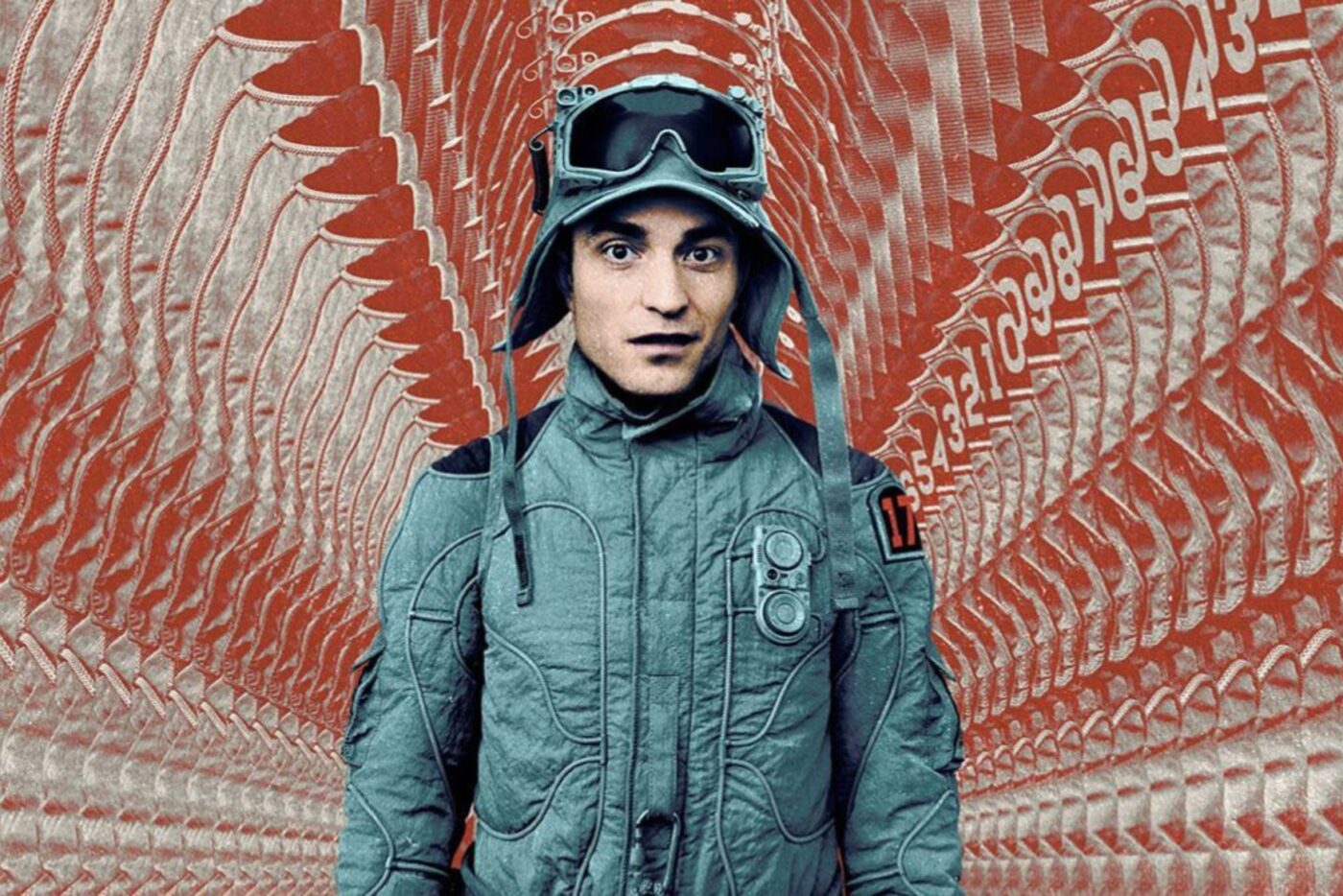Summary
Bong Joon Ho’s “Mickey 17” is a sci‑fi satire blending dark comedy, political allegory, and captivating visual storytelling. Robert Pattinson’s dual performance drives a narrative of identity, disposability, and colonial critique in a thrilling space adventure.
Overall
-
Plot
-
Narrative
-
Acting
-
Characterization
-
Direction
-
Pacing
In an era where franchise fatigue dominates cinema, a new Bong Joon Ho film arrives like a breath of fresh air, challenging audiences with its originality and thematic ambition. Mickey 17 marks the South Korean auteur’s return to science fiction, a genre he previously transformed with the claustrophobic class warfare of Snowpiercer . This time, Bong tackles questions of identity, disposability, and colonialism through the story of a man who cannot permanently die – though he might sometimes wish he could. Our review of Mickey 17 examines how the film holds up to Bong Joon Ho’s previous works.
The film’s high-concept premise provides fertile ground for both dark comedy and pointed social commentary, hallmarks of Bong’s distinctive filmmaking approach. While not reaching the perfect balance achieved in his Oscar-winning masterpiece Parasite, Mickey 17 offers enough visual invention, narrative surprises, and stellar performances to cement its place as one of 2025’s most thought-provoking science fiction offerings.
In 2054, Mickey Barnes (Robert Pattinson ) finds himself broke after a failed business venture with his friend Timo (Steven Yeun ). Running from a dangerous loan shark, the pair escape by joining a space mission to the ice planet Niflheim . Timo becomes a shuttle pilot while Mickey signs up as the ship’s only “Expendable.” This role means Mickey gets cloned and regenerated after each death, retaining his memories while performing the mission’s most dangerous tasks. During the journey, Mickey develops a romance with security agent Nasha (Naomi Ackie ).
Four years into the mission, Mickey 17 (the seventeenth version) falls into an ice fissure while capturing one of Niflheim’s native “creepers” for research. Abandoned by Timo and presumed dead, Mickey is surprisingly rescued by the creepers themselves. Upon returning to the ship, he discovers Mickey 18 has already been generated, creating an unprecedented situation: two identical Mickeys sharing the same memories but developing distinctly different personalities.
The expedition’s leader, Kenneth Marshall (Mark Ruffalo ), has strict rules against “Multiples,” forcing the two Mickeys to hide their dual existence. Mickey 18 shows more aggression and resentment, while Mickey 17 remains passive and vulnerable. Pattinson brilliantly distinguishes between the two through subtle changes in posture, vocal inflection, and facial expressions, creating two distinct characters who share the same face.

Pattinson’s performance stands as the film’s greatest strength. He showcases remarkable comedic timing and physical comedy skills rarely seen in his previous work. His deadpan narration perfectly captures the absurdity of Mickey’s situation, from serving as a human test subject to fielding casual questions about what dying feels like. The actor’s post-Twilight career has been defined by bold choices and collaborations with distinctive filmmakers like Claire Denis, Robert Eggers, and Christopher Nolan, but Mickey 17 might represent his most technically challenging role yet. Playing against himself requires precision and restraint, qualities Pattinson demonstrates in abundance.
The supporting cast delivers solid performances with varying impact. Naomi Ackie brings depth to Nasha, especially during her climactic speech defending the native species’ rights. Her character embodies the film’s moral center, questioning the colonial mindset that drives the mission and gradually awakening to the humanity of both Mickey and the indigenous creatures. Ackie and Pattinson share genuine chemistry, making their romance feel earned rather than obligatory.
Mark Ruffalo’s portrayal of Marshall—a megalomaniacal politician dreaming of creating “a pure, white planet full of superior people”—clearly references a certain former U.S. president. While effective as satire, the performance occasionally becomes caricature. Toni Collette completes the main cast as Marshall’s scheming wife Ylfa, whose strange obsession with creating the perfect sauce from native creatures drives a peculiar subplot. Collette, always a versatile performer, leans into Ylfa’s eccentricities with gusto, though her character’s culinary fixation sometimes feels disconnected from the main narrative.
Steven Yeun, reuniting with Bong after their collaboration on Okja , brings complexity to Timo, a character who could easily have been a one-dimensional villain. His betrayal of Mickey stems from self-preservation rather than malice, and Yeun effectively communicates the internal conflict of a man trapped between loyalty to his friend and his own survival instincts. The scenes where Timo must confront the consequences of his actions provide some of the film’s most emotionally resonant moments.
The film’s world-building impresses throughout. Production designer Fiona Crombie creates stark contrasts between the industrial, utilitarian colony ship interiors and the stunning ice caves of Niflheim. Cinematographer Darius Khondji captures these environments in crystalline sapphire blues that give the film a distinctive visual identity, drawing inspiration from classics like Alien and Blade Runner while maintaining Bong’s unique aesthetic.
The visual effects team deserves particular praise for their seamless integration of the two Mickeys in shared scenes. Unlike many films featuring an actor in dual roles, Mickey 17 never feels technically constrained by its premise. The camera moves freely between the two versions of Pattinson, creating dynamic compositions that enhance rather than distract from the narrative. The design of the “creepers” also strikes a delicate balance—alien enough to feel truly extraterrestrial yet expressive enough to convey intelligence and emotion when the plot requires it.

Bong’s longtime collaborator Jung Jae-il returns to compose the score, blending electronic elements with orchestral arrangements to create a soundscape that enhances the film’s tonal shifts. The music during Mickey’s death sequences is particularly effective, finding dark humor in tragedy through unexpected instrumental choices and tempo changes.
Mickey 17 excels when it focuses on character development and intersecting motivations. The indigenous “creepers”—resembling something between armadillos and woodlice with facial tentacles—add complexity when their intelligence and society come to light. However, their portrayal as an obvious metaphor for colonized peoples sometimes lacks the subtlety of Bong’s best work.
The film stumbles during its third act when the satirical comedy shifts toward explicit political messaging about colonialism , fascism, and environmental exploitation. While these themes deserve exploration, the transition feels jarring rather than organic. It’s as if the film changes direction midway, even though the story continues to its planned conclusion. The screenplay, adapted by Bong from Edward Ashton’s novel, occasionally sacrifices character development for political allegory, particularly in the final thirty minutes.
At 137 minutes, certain sections drag, particularly during political machinations in the latter half. Yet Bong’s storytelling instincts generally maintain a brisk pace, and the film’s ambitious scope justifies its length. Editor Yang Jin-mo , who received an Oscar nomination for his work on Parasite, demonstrates his skill in balancing multiple storylines and maintaining momentum even as the narrative grows increasingly complex.
The film’s exploration of identity raises fascinating philosophical questions. If a person’s memories are preserved but their body is replaced, are they the same individual? How much of our personality is shaped by our experiences versus our inherent nature? The divergence between Mickey 17 and Mickey 18, despite sharing identical memories, suggests that consciousness transcends mere information storage—a provocative idea in an age of advancing artificial intelligence and digital consciousness research.
Mickey 17 represents a major investment for Warner Bros. Pictures , with a $118 million budget far exceeding Bong’s previous films. The studio’s decision to delay release by a full year raised concerns, but the final product, despite imperfections, confirms Bong’s position as one of cinema’s most innovative voices. The film’s commercial performance will be closely watched as a barometer for original, high-concept science fiction in a marketplace dominated by established intellectual properties.
Adapted from Edward Ashton’s 2022 novel Mickey7, the film takes significant liberties with its source material. Bong adds ten more Mickey iterations and amplifies the political subtext, continuing his exploration of social inequality , authoritarianism , and environmental concerns —themes consistent throughout his filmography from The Host to Snowpiercer to Parasite.
The film’s handling of its science fiction elements deserves special mention. Unlike many contemporary sci-fi films that get bogged down in explaining their technology and world-building rules, Mickey 17 presents its concepts with refreshing clarity and economy. The cloning process is established quickly through visual storytelling rather than expository dialogue, and the film trusts its audience to keep up with its ideas. This narrative efficiency allows more room for character development and thematic exploration, areas where many science fiction films fall short.

The religious undertones of the colonization mission add another layer of complexity to the narrative. Marshall’s rhetoric about creating a “pure” society on Niflheim echoes historical justifications for colonialism, where conquest was often framed as a divine mandate. This parallel becomes explicit when Marshall addresses his followers wearing quasi-religious garb, positioning himself as both political leader and spiritual guide. Bong’s critique of how religion can be weaponized to justify oppression is pointed but never simplistic, acknowledging the genuine faith of some characters while condemning its exploitation by others.
For Bong’s fans, Mickey 17 offers his familiar blend of genres and tones, though without Parasite‘s precision and refinement. The film continues his tradition of genre hybridization, combining elements of science fiction, black comedy, political thriller, and even romance into a concoction that defies easy categorization. This resistance to formula has become Bong’s signature, making each new release an event for cinephiles eager to experience his unique vision.
The film’s premiere at the Berlin International Film Festival generated significant buzz, with critics particularly praising Pattinson’s dual performance. While some reviewers noted the uneven tone and heavy-handed political messaging, most agreed that Bong’s visual imagination and narrative ambition more than compensated for these shortcomings. The film currently holds a 78% approval rating on Rotten Tomatoes, with the critical consensus highlighting its “daffy sci-fi with a withering social critique at its core.”







